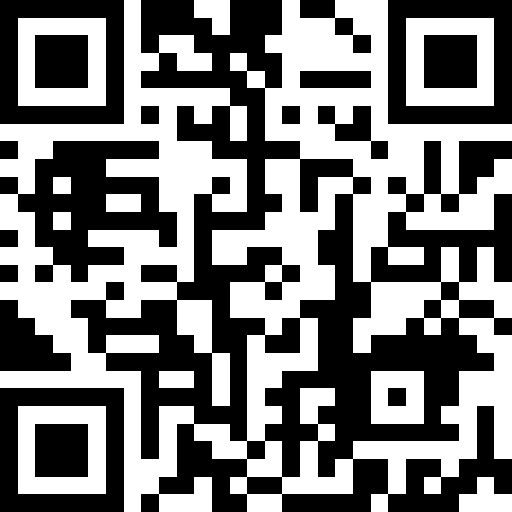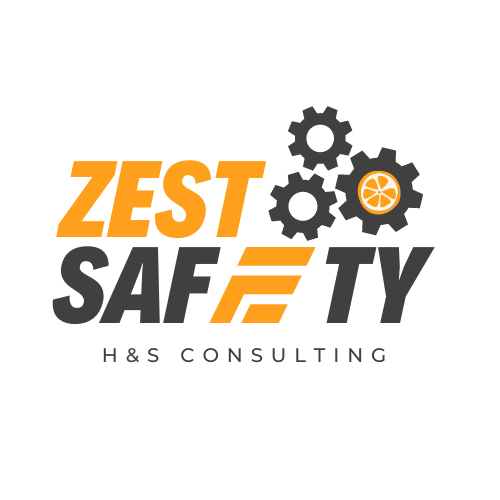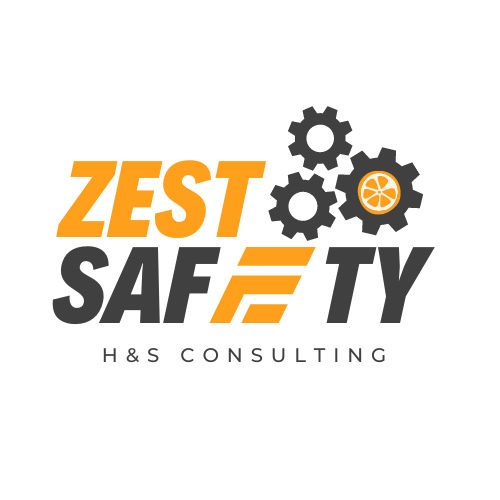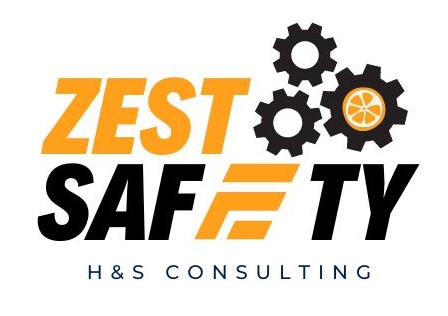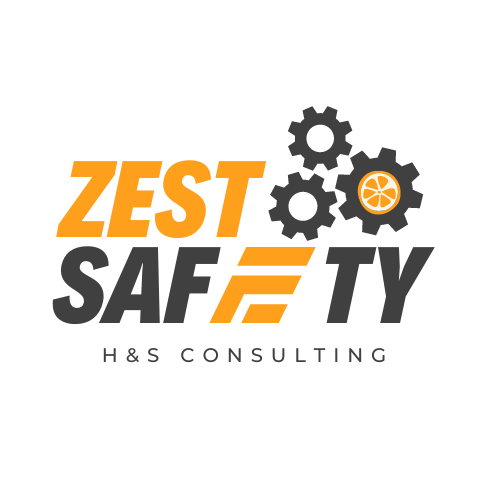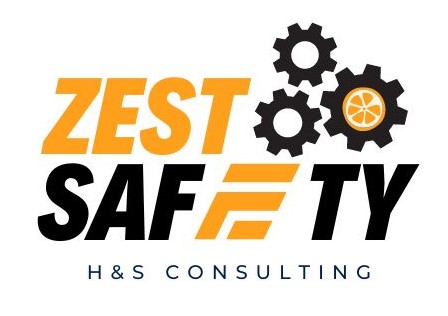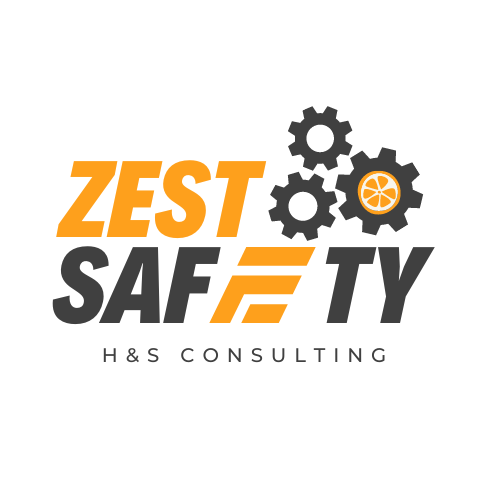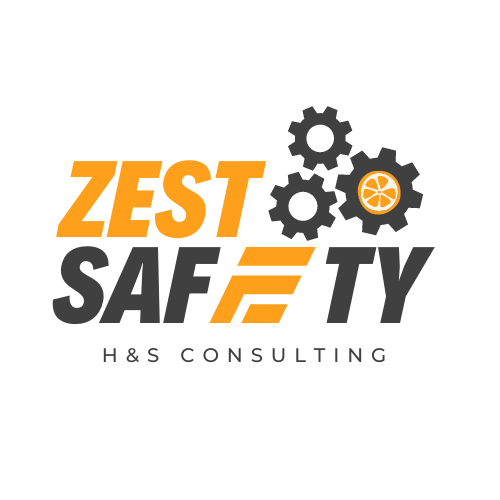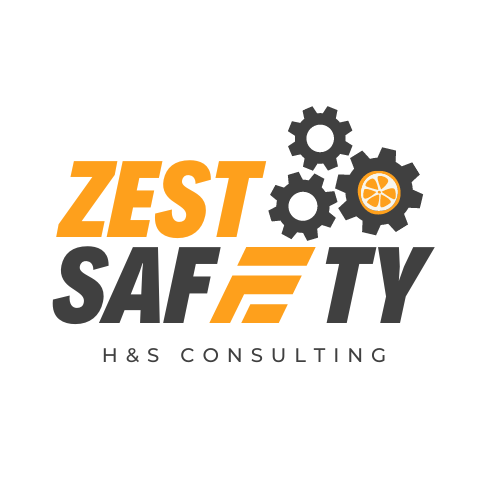Title Page
-
Client / Site
-
Location
-
Date and Time of Inspection
-
Laboratory Equipment /Machine Name or Description
-
Equipment / Machine Number
-
Inspected by
-
Inspecting Persons Role / Company
Machine Safety
-
Are all moving parts of equipment properly guarded so there is no risk of entanglement, friction or pinch points?
-
Are emergency stop mechanisms functional and clearly labelled? (Note E-Stops should be a plain red button preferably mushroom shaped, with a plain yellow background with no writing or symbols other than the international E-Stop symbol).
-
Are equipment manuals and Standard Operating Procedures (SOPs) readily available and accessible to workers? (Note: not just in the managers office, they have to be near the machine/equipment).
-
Are all pressure vessels (e.g., autoclaves) maintained and certified for use?
-
Are centrifuges balanced correctly and fitted with safety lids that seal to prevent product escaping?
Electrical Safety
-
Are all electrical connections secure and free from damage? (Check plugs, equipment fittings where the cord enters).
-
Is all electrical equipment tested and tagged according to regulatory requirements? (Each cord should have a tag showing the date of the last inspection, including extension leads and power boards).
-
Are all electrical panels and circuitry on each machine secured in such as way that workers cannot readily access them? (The expectation is that no-one is able to touch any electrical circuitry without requiring tools to open up the covers/panels).
Calibration & Maintenance
-
Has equipment been calibrated and maintained according to the manufacturer’s guidelines? (Pick 3-machines and check thee records).
-
Are there records of regular maintenance and inspections for each machine / equipment?
Training & Competency
-
Have all users received formal training on the safe operation of the equipment?
-
Are users aware of the specific hazards related to the equipment they operate? (Pick 3-machines and ask the operators to outline the hazards for that particular machine, and compare to the SOP listed hazards).
-
Are training records maintained and up to date in a training register?
Authorisation & Security
-
Is access to hazardous equipment restricted to trained and authorised personnel? (Note: all operators should have completed records of 'competency' completed before they are allowed to operate hazardous equipment / machines).
-
Are there warning signs displayed by machines for specific hazards applicable to those machines?
-
Are laboratory entry points secured with access control measures (e.g., card readers, key codes)?
Personal Protective Equipment (PPE)
-
Are lab users provided with the correct PPE (e.g., gloves, goggles, lab coats, respirators) as indicated by the Safety Data Sheets (SDSs) for each hazardous substance used/tested in each machine/equipment? (Choose a machine, ask what substances are tested or used, check what the specific SDS states as the required PPE, and compare that to what the lab user wears when handling the substance and operating the machine).
-
Is there guidance on when and how to use specific PPE for equipment like spectrophotometers or centrifuges in the SOP's and warning signs displayed?
-
Has the correct PPE been made available for handling consumables such as disposable solvents and columns used in chromatography machines?
Housekeeping
-
Are all areas free from clutter, and items on the floor that could be tripped over?
-
Is a spill kit available in the lab for cleaning up spills?
-
Are flammable or hazardous substances stored securely and labelled correctly? (Check that where any substances with a hazard placard (e.g. the red triangle on the packaging such as an exclamation mark or flammable symbol) - has the same symbol applied onto any smaller containers the chemicals have been decanted into. This does not apply to the container or vessel the product is being tested in).
Ventilation & Fume Extraction
-
Is fume extraction in place for equipment generating gases or vapours (e.g., Gas Chromatography; Mass Spectrometry)?
-
Are filters for fume hoods or extraction systems cleaned and replaced regularly? (Check the servicing records)
Emergency Preparedness (note: fire equipment & emergency is checked in a separate inspection checklist).
-
Are emergency shut-offs for all gas supplies, electricity, and equipment accessible and clearly marked?
-
Are all users familiar with emergency procedures (e.g., fire, chemical spill, electrical incident)? (Pick a machine or type of gas supply or hazardous substance, and ask a lab user what they would do if there was an emergency situation).
-
Are safety data sheets (SDS) for chemicals and reagents accessible to the lab workers including the SDSs for the solvents and columns used for testing? (Note: the SDSs need to be in the lab and easily accessible for any worker).
Specific Equipment-Related Checks
-
Are instruments purged and cleaned properly after each use?
-
Are consumables (e.g., columns, solvents) inspected, stored safely, and disposed of correctly, to ensure the lab users are not exposed to the contents?
-
Are gasses and solvents used/tested in well ventilated areas and well away from ignition sources including naked flame heaters and burners?
Sign-Off
-
Signature of Person completing the Inspection





